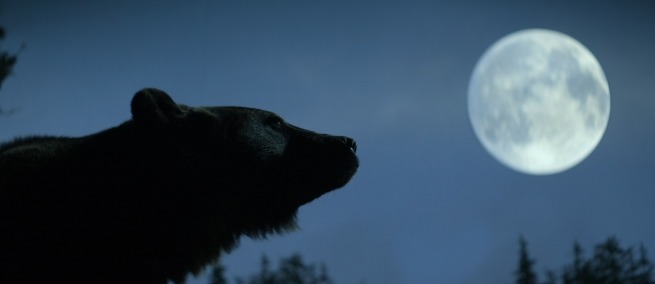
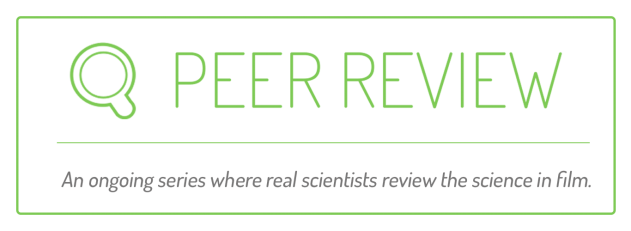
I fondly remember Morgan Freeman playing the awesomely unruffled U. S. President Tom Beck in the science-fiction disaster film DEEP IMPACT (1998). Freeman soberly delivered the bad news that a giant comet was on a collision course with Earth, but then calmly reassured us that humanity had a plan to stop the coming extinction-level calamity. The plan worked. The U.S. and Russia send up nuclear bombs that deflect the comet and save Earth. This was a grandiose concept, but now we can hear Freeman’s authoritative voice tell us about even bigger cosmological events when he narrates the real scientific story–not the fictional kind–of, well, nearly everything, in the new documentary series OUR UNIVERSE.
Its six 45-minute segments have been available from Netflix since November 22, 2022. The series comes from BBC Studios, a BBC subsidiary that creates, distributes, and shows TV content world-wide. It is currently responsible for well-known series like the DOCTOR WHO science-fiction franchise and the BBC America channel. According to its website, its over-all goal is to provide “ambitious content of the highest quality.”
OUR UNIVERSE qualifies as an ambitious effort to bring together the genres of science and nature documentaries. One genre focuses on the history and processes of the physical cosmos by examining its component parts, such as planets or black holes; or by painting a grand picture of the whole universe, famously done in the 1980 thirteen-part TV series COSMOS by astronomer and science communicator Carl Sagan.
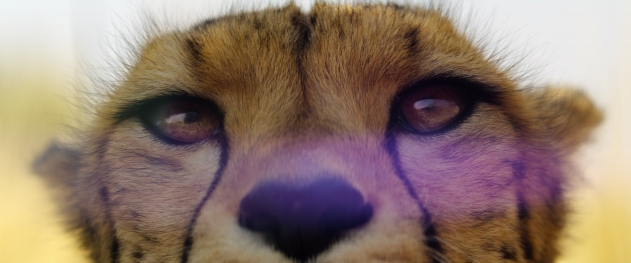
The second genre focuses on the living part of the universe–or, rather, the living part of Earth, the only life-bearing body we know. This type of nature doc can present life by telling of its prehistoric molecular and cellular beginnings and growth on Earth, or in a highly popular format, by exploring the diversity of living creatures in the wild today. The BBC’s own acclaimed TV series PLANET EARTH (2006), exploring different habitats and their animals around the world, and within it the series SERENGETI (2019), capturing the behavior of animals in the undeveloped Serengeti ecosystem in East Africa, exemplify wildlife documentaries.
OUR UNIVERSE proposes to cover both the cosmos and life on Earth by interweaving the 13.8-billion-year history of the physical universe with how its processes affect living things. Without probing much into the ancient origins of life that also go back billions of years, OUR UNIVERSE shows the relations between the workings of the universe and Earth’s creatures as they now exist. The result is a mix of elements from COSMOS, PLANET EARTH, and SERENGETI.
This split viewpoint defines the structure of the series. Each segment is centered around one of six animal species that the series synopsis calls “iconic” and “charismatic:” cheetahs, chimpanzees, brown bears, sea turtles, elephants, and King penguins. As members of each of these species go about their daily business, Morgan Freeman describes their activities and ties them to cosmic processes that enable their behavior.
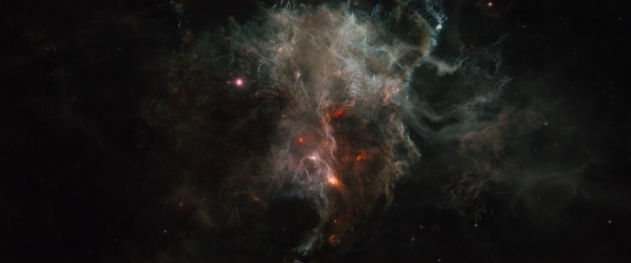
Still from OUR UNIVERSE, courtesy of Netflix
In Episode 1, “Chasing Starlight,” we watch a cheetah named Wa Chini seek prey to feed herself and her two cubs. As she runs at blazing speed across the dry, sun-drenched Serengeti plain to try to bring down a gazelle, Freeman in voice-over tells us that the energy that enables her to do so comes from the Sun. From there, we whoosh visually and with sound effects to images of the boiling hot chaos on and within our Sun (and any active star). In short scenes, Freeman relates and CGI portrays the Sun’s 4.6 billion-year-old history, and we learn that internal nuclear fusion produces photons that stream out as immense floods of light and energy. These scientific interjections alternate with scenes showing Wa Chini’s increasingly desperate search for food, as Freeman continuously reminds us that she and her cubs need the Sun’s energy to survive.
An uninformed viewer might conclude that cheetahs directly absorb and use sunlight, but eventually Episode 1 illustrates the complex causal links that turn solar photons into a meal for cheetahs. As the Earth’s seasons change, rain falls on the Serengeti and causes grass to sprout. We watch great herds of the big grazing creatures called wildebeest trek toward this new source of food, which grows as the grass absorbs the sun’s energy. The narration and accompanying CGI move to the molecular and cellular level to explain photosynthesis and how it powers the chemical transformations that make grass nutritious for herbivores, whose own bodies then make animal protein. Finally, we cut back to Wa Chini and her remaining cub and watch them bring down and feast on a wildebeest; or as Freeman puts it, “at last Wa Chini gets a taste of starlight.”
The pattern of cosmic science interspersed with animal behavior continues in the other segments. In each, one of the iconic species, in its own natural environment, is paired with a big concept: time and its flow, the birth of our Moon and how that affected the Earth, how the Big Bang led to the creation of the chemical elements, the cosmic processes that brought water to our planet, and gravity’s pervasive role in the universe.
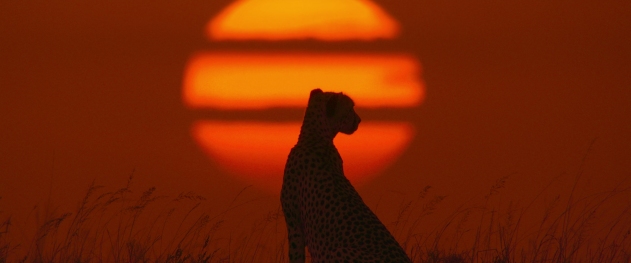
Still from OUR UNIVERSE, courtesy of Netflix
These are worthy topics and connecting them to living things is a worthy goal. Each strand, cosmic science and wildlife, works well on its own terms. The science is solid and is presented in accessible terms. The CGI effects, said to be firmly based on the science, are probably the best simulations of events whose physical and temporal scales strain human comprehension that I have seen. The wildlife part of the equation also has good features. The BBC’s long experience with wildlife documentaries shows in the exceptional photography of animals and their habitats. I especially liked the stunning overhead shots of streams of migrating wildebeest and the underwater views of swimming penguins. I learned things too about living nature, such as the fact that King penguins have ultraviolet vision.
However, the supposed links between the two strands can be problematic. The series sometimes works too hard to make these connections, and the continual fast breaks from animals on Earth to remote physical processes, then back to Earth, disturb the visual and narrative flow. These mismatches appear for instance in Episode 6 “Force of Attraction,” where the universal power of gravity is paired with the mating instinct that brings together two King penguins. Everybody, myself included, loves penguins, but this metaphor is a bridge too far, and the penguin couple, dubbed Rocky and Paloma, is anthropomorphized beyond any palatable level of cuteness.
Still, the series has beautiful and remarkable moments that extend what Carl Sagan was one of the first to point out: all living things are made of “star-stuff.” In fact, the imperfect mix of space science and wildlife could be a feature of the series, not a bug. I can imagine the series reaching viewers who came for the animals but stayed for the astrophysics and cosmology, and other viewers who came for the science and stayed for the wildlife. That’s a result any science or nature documentary can be proud of.
TOPICS